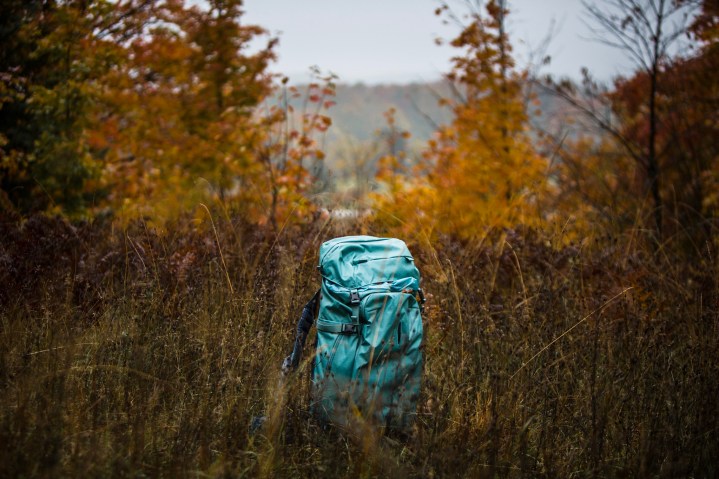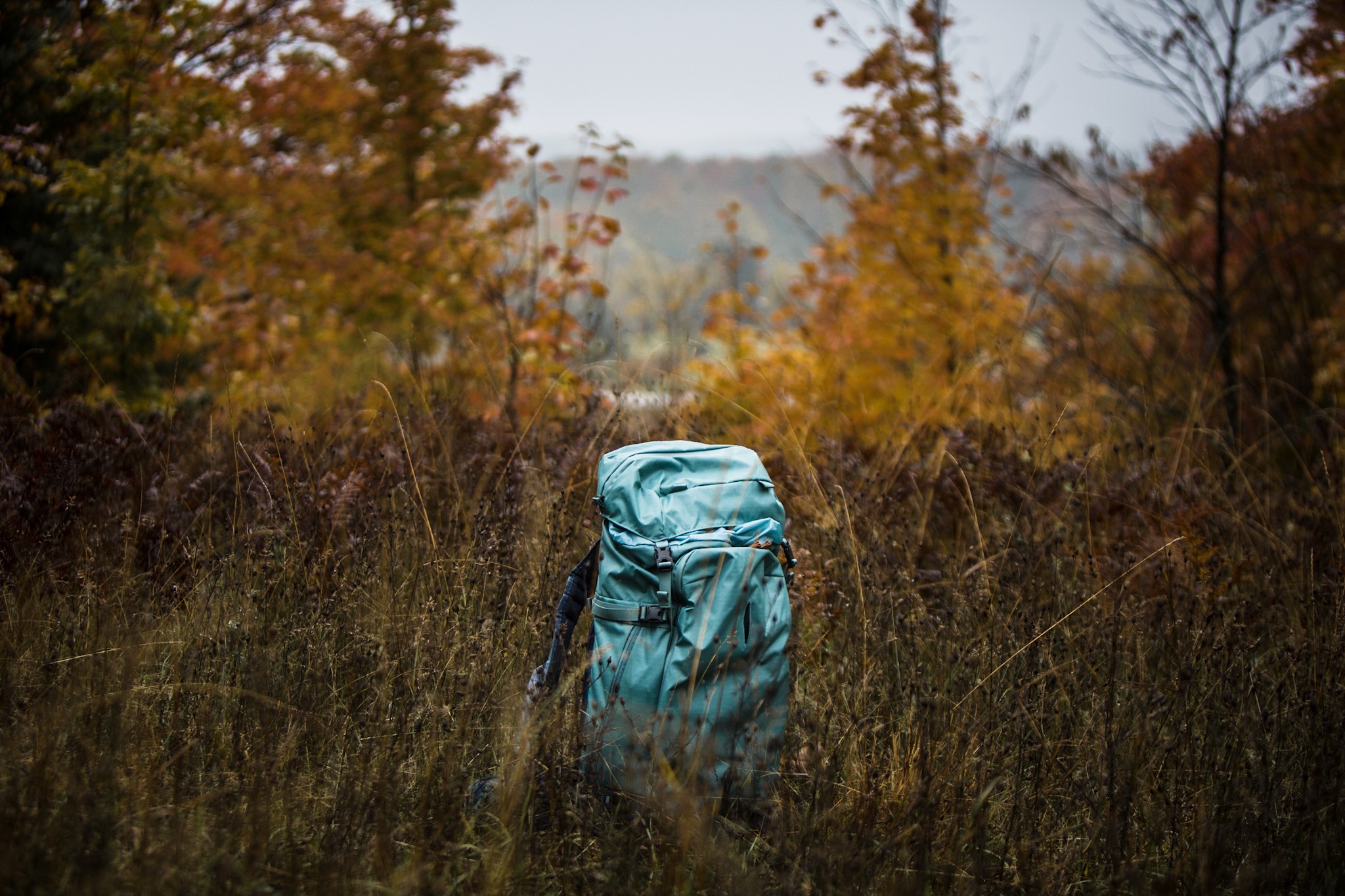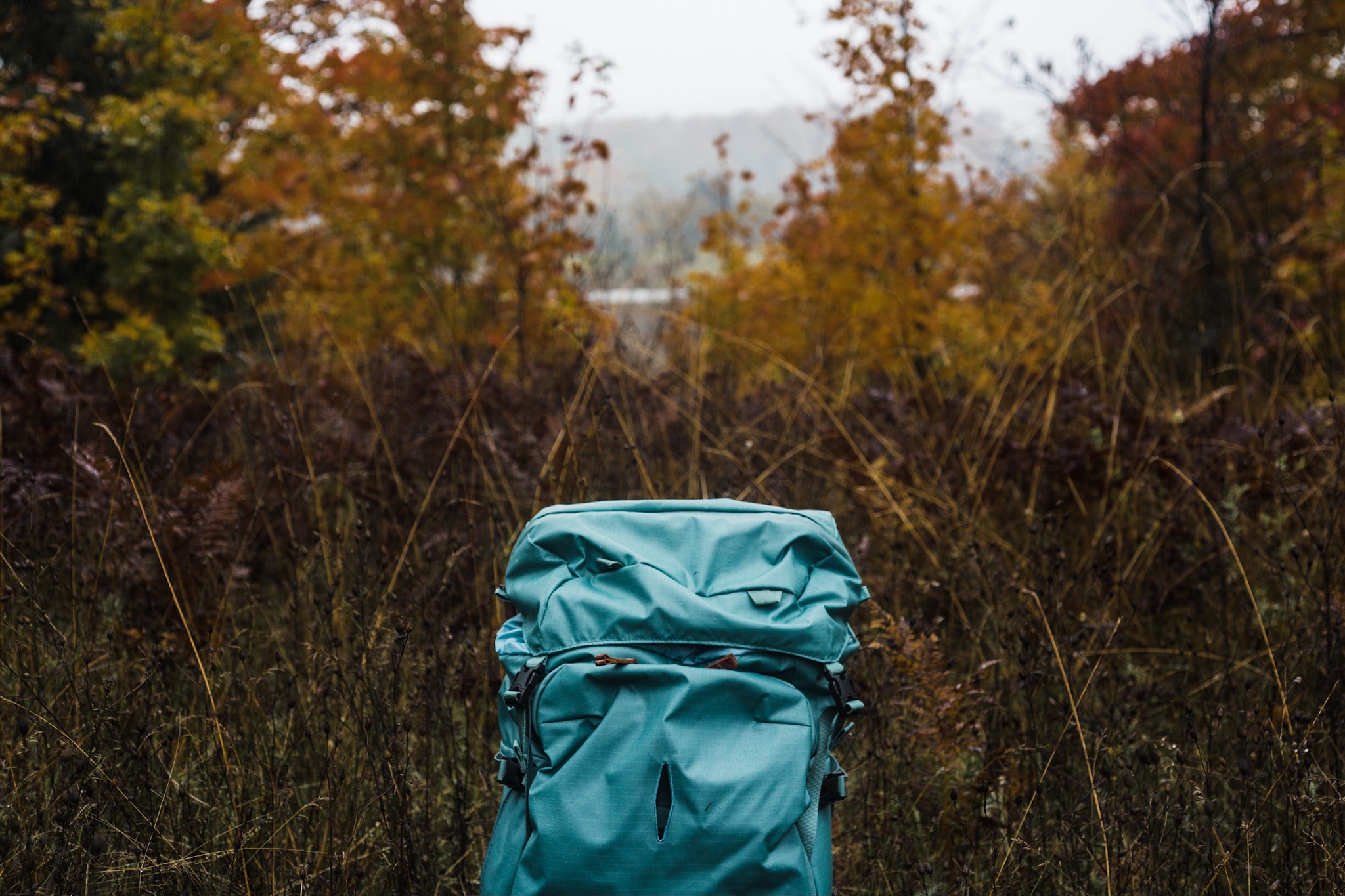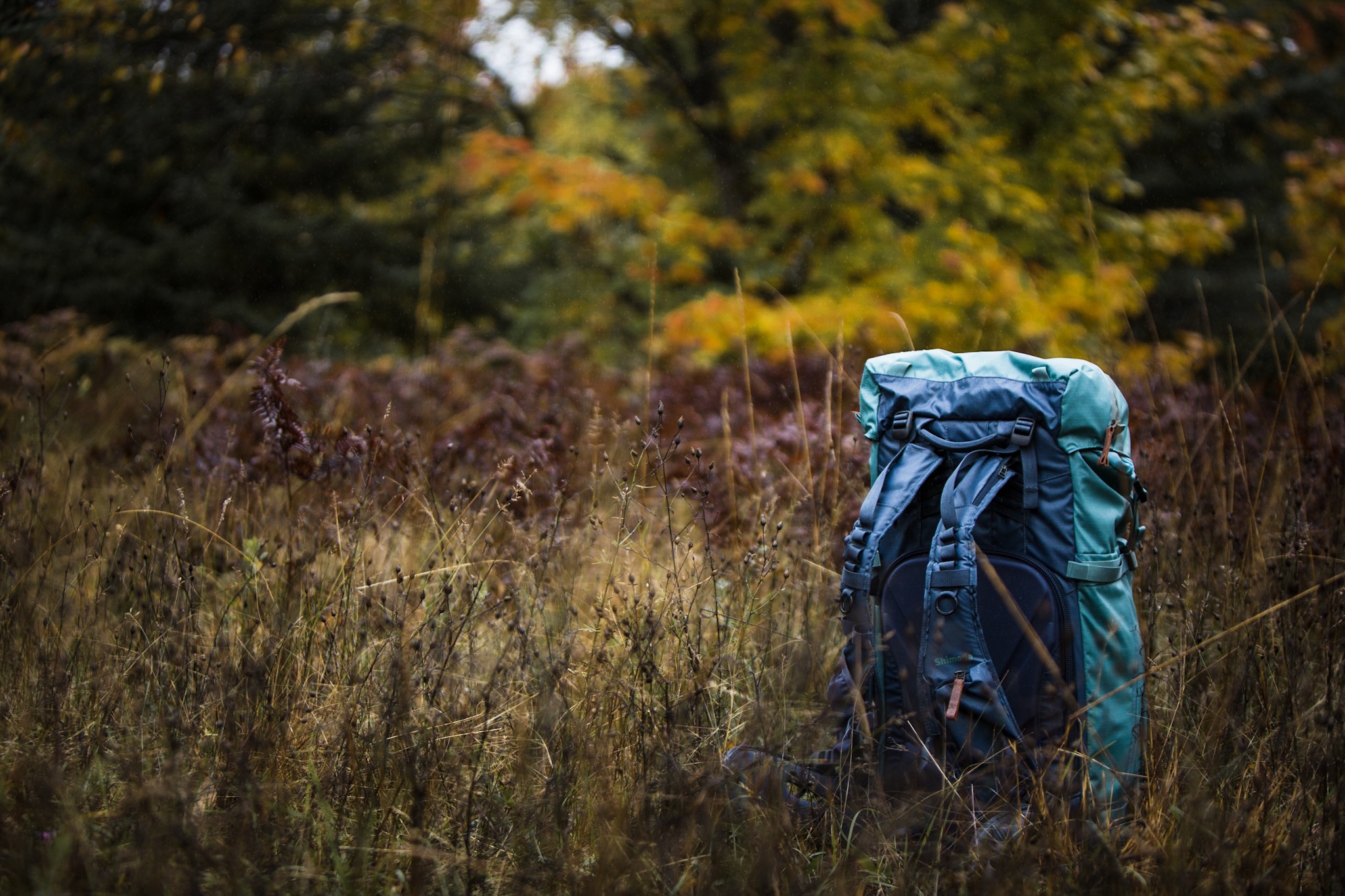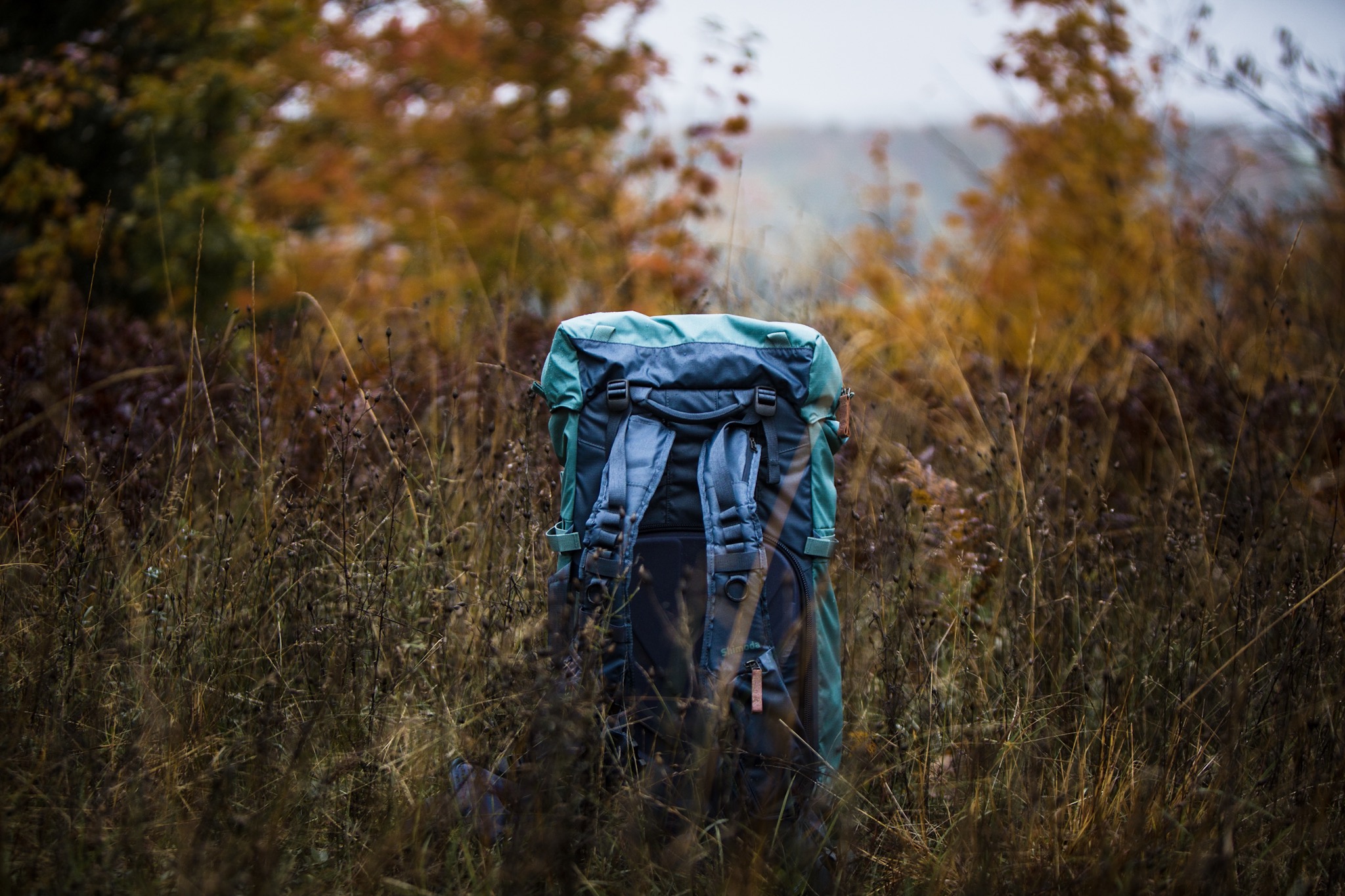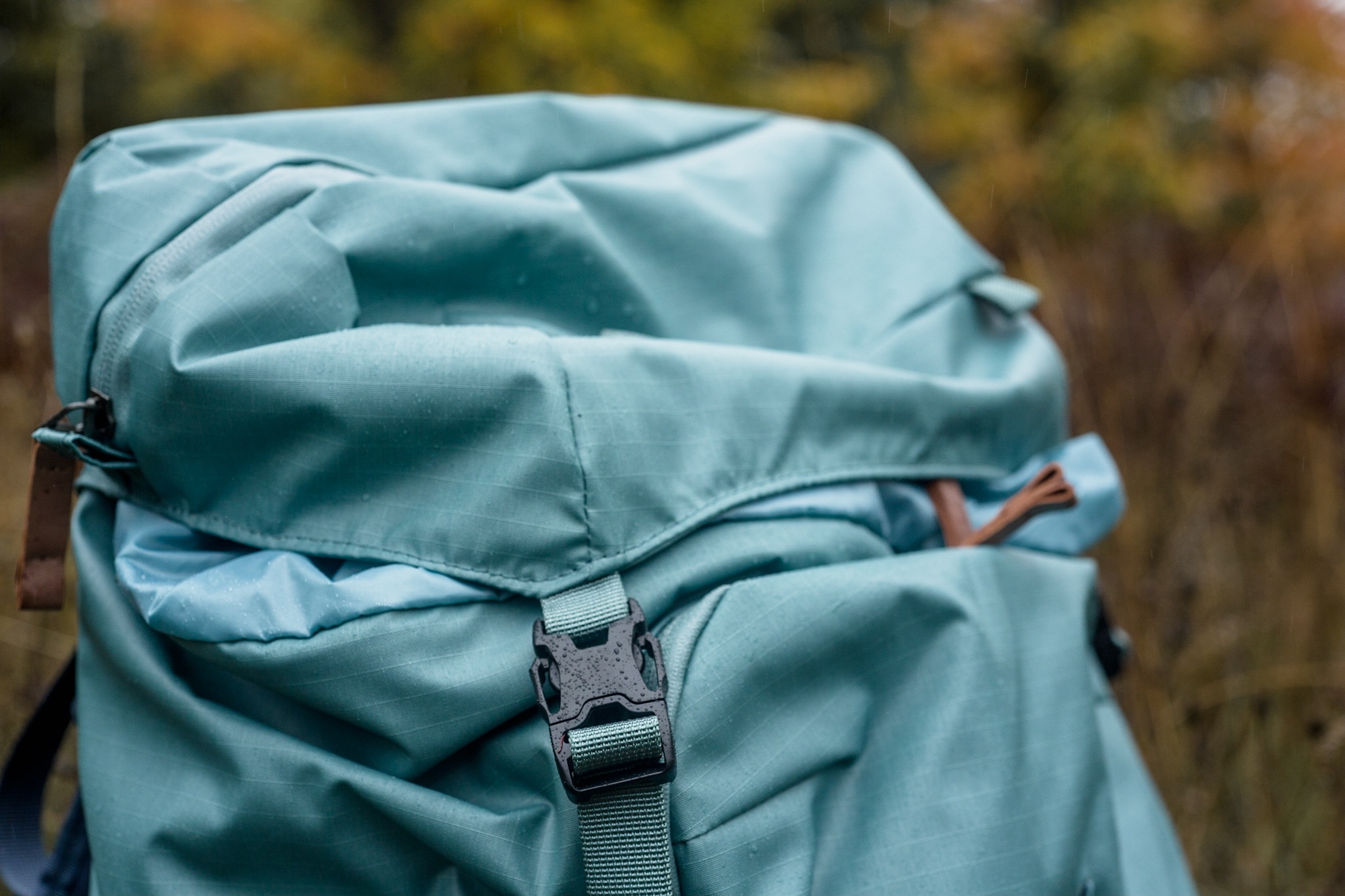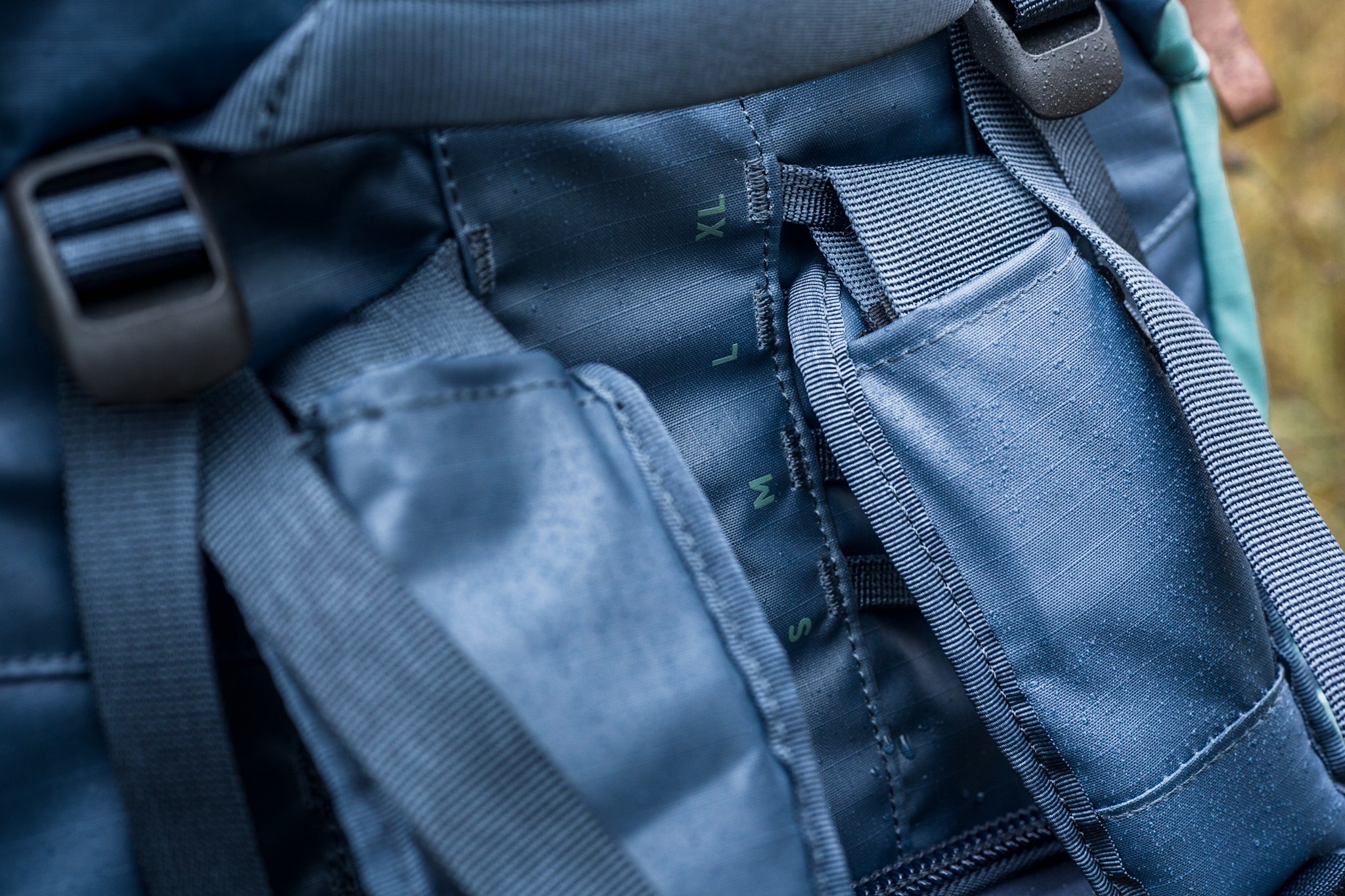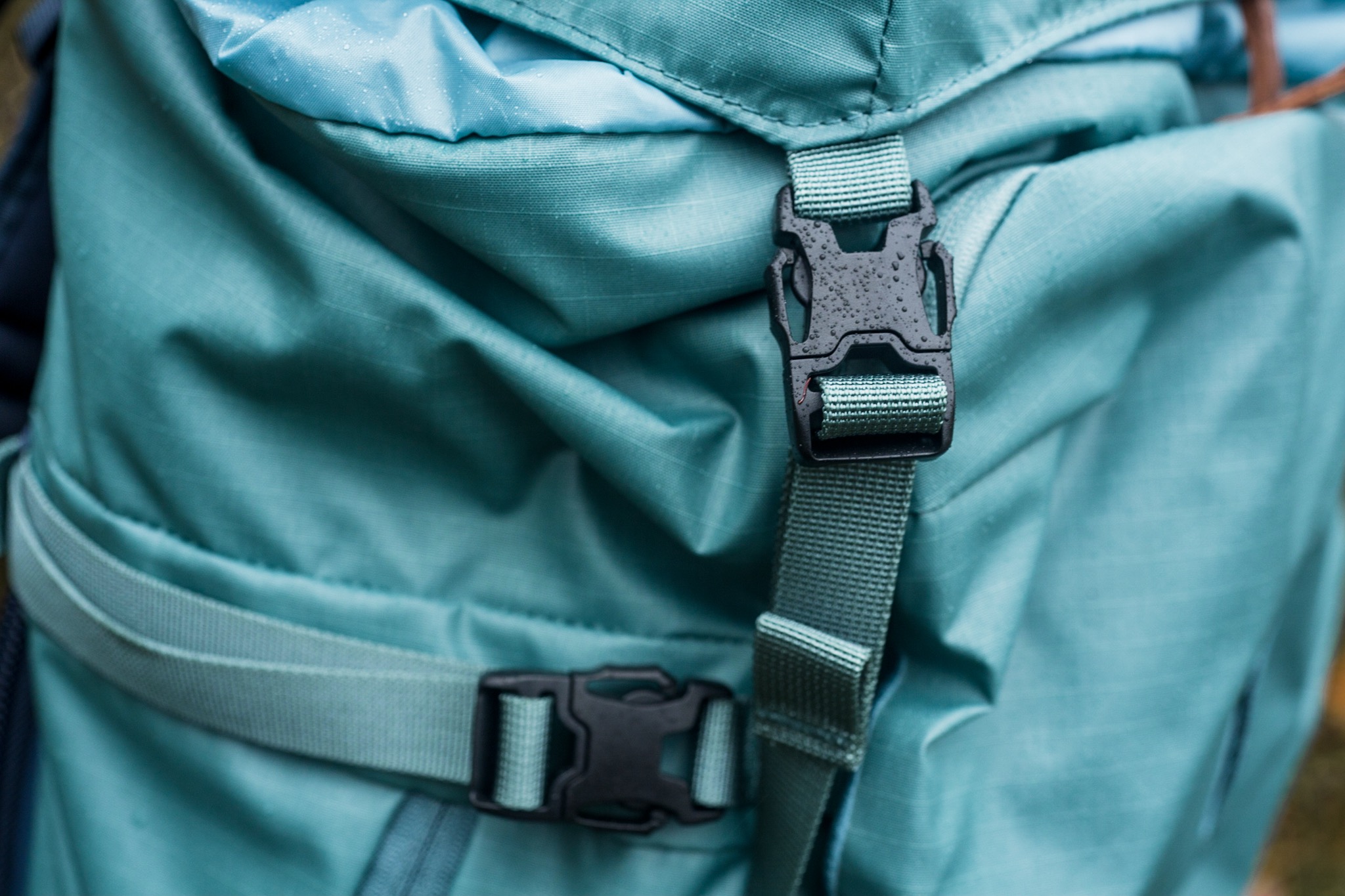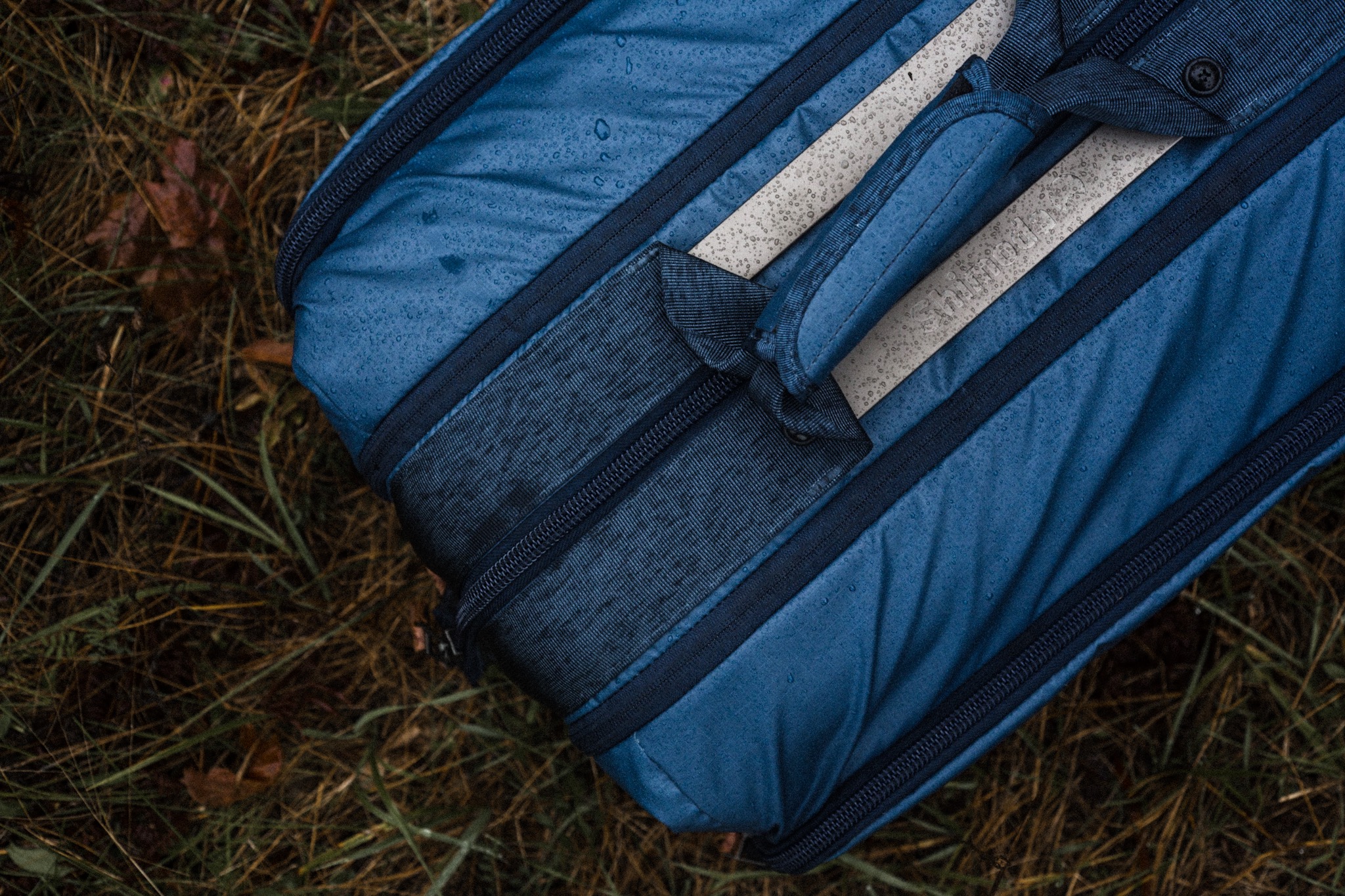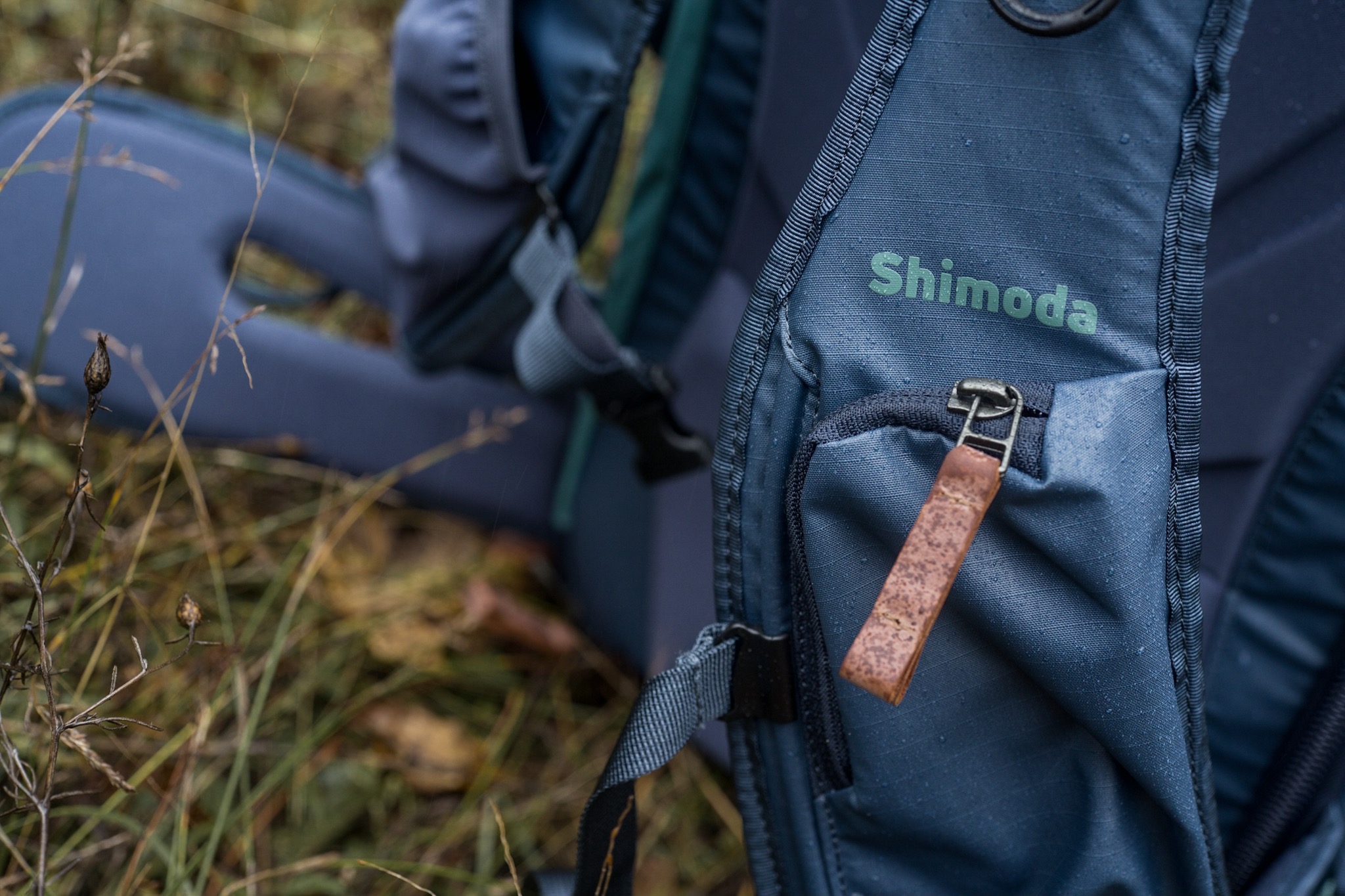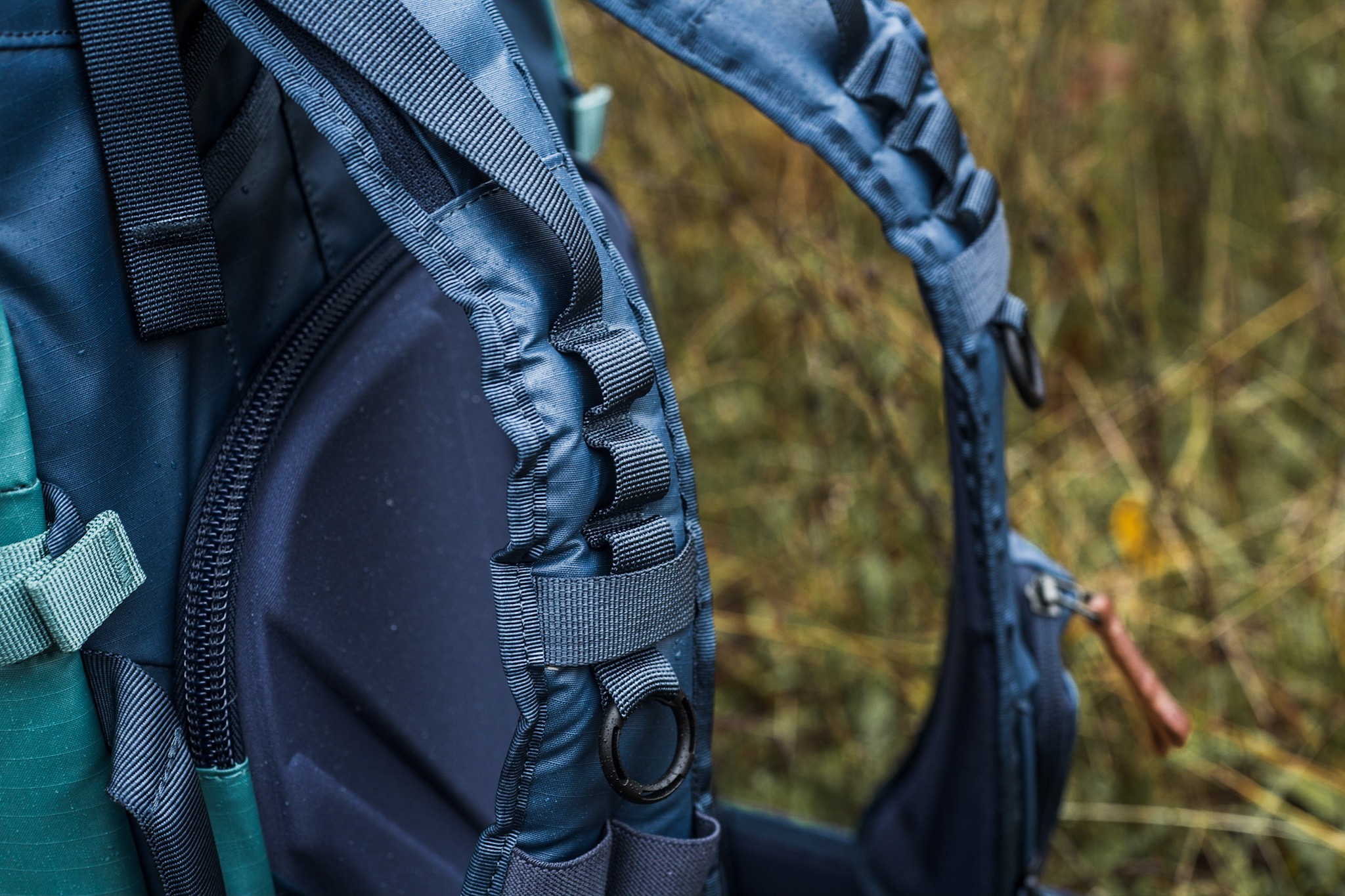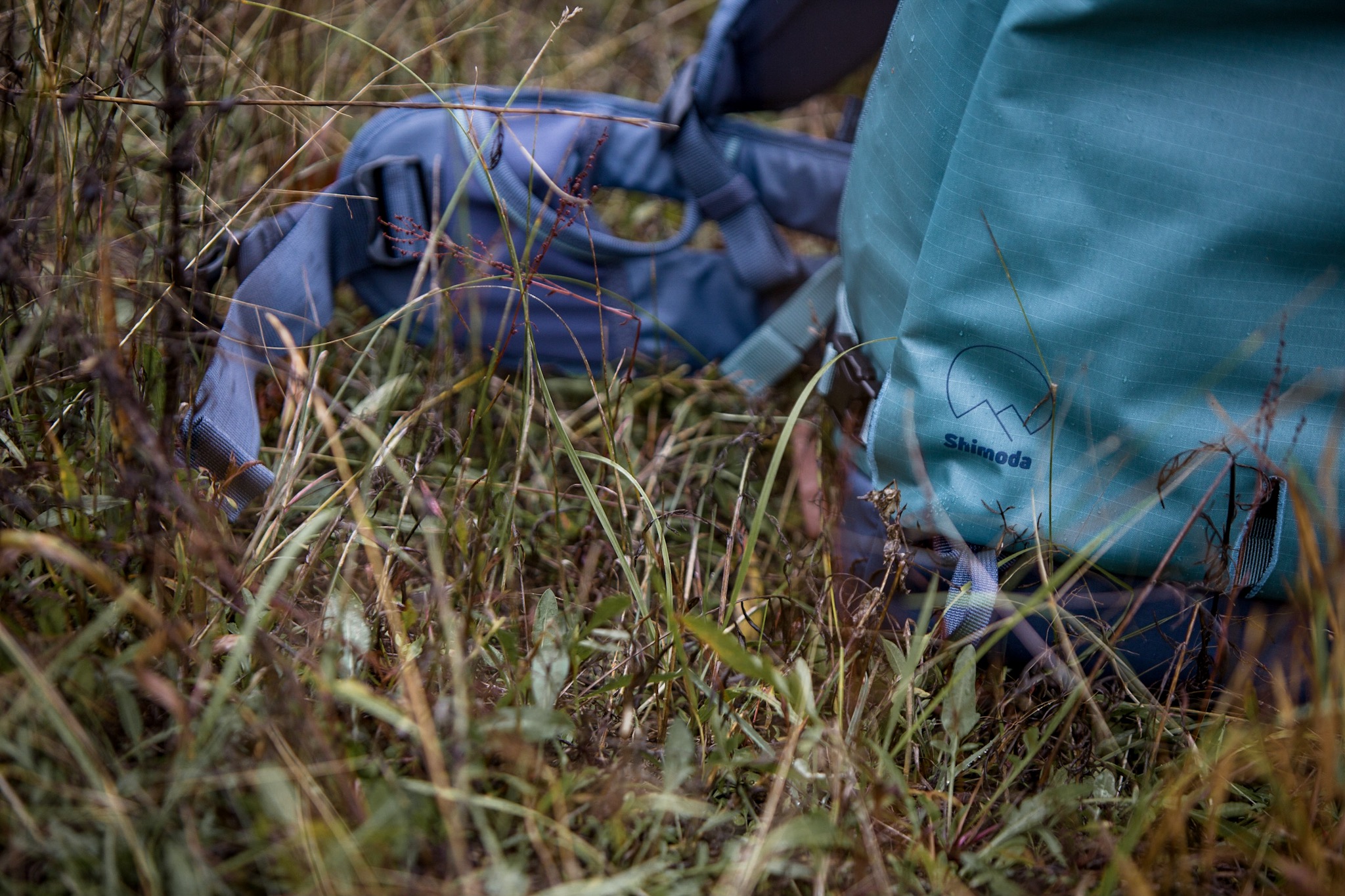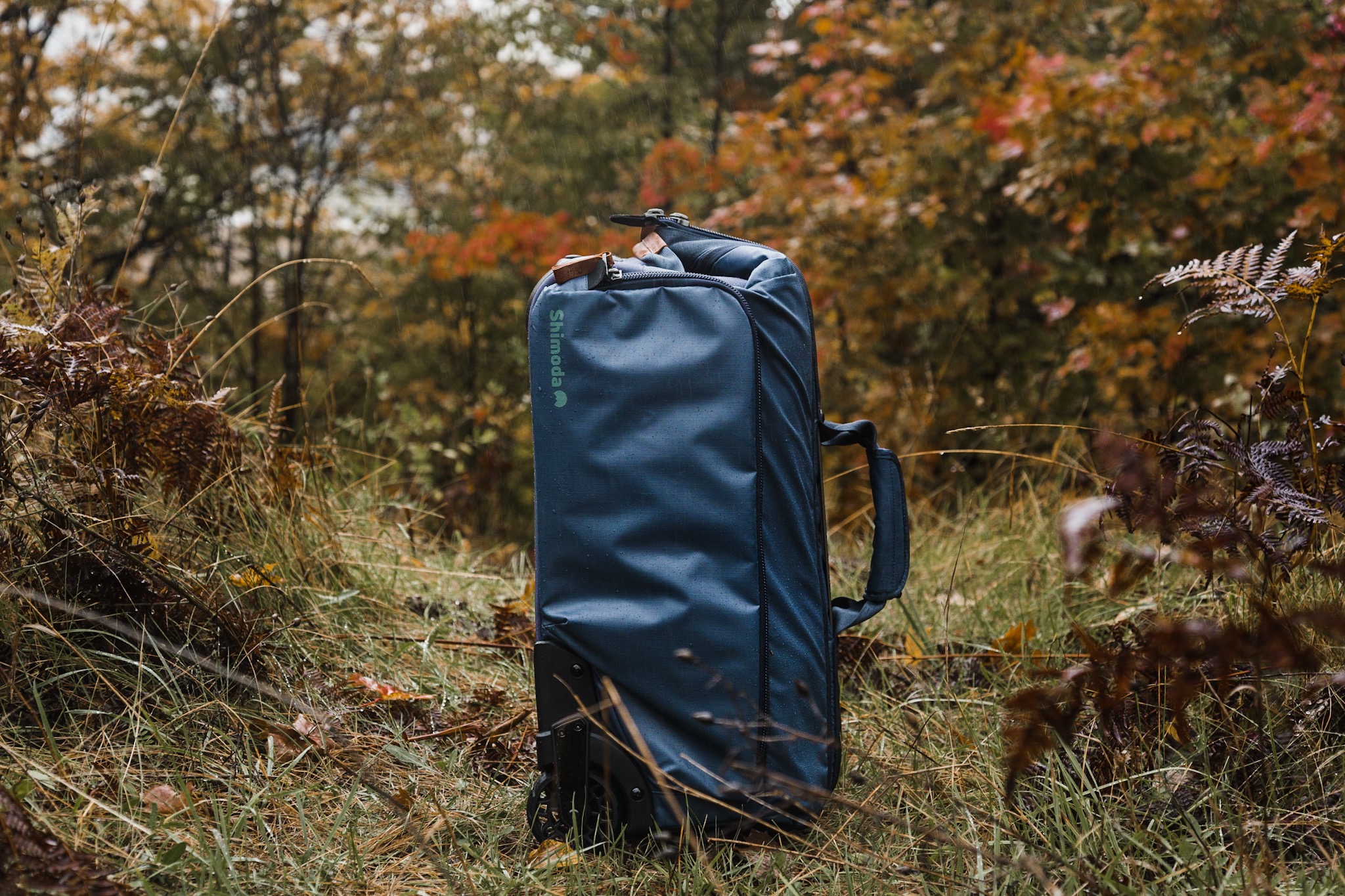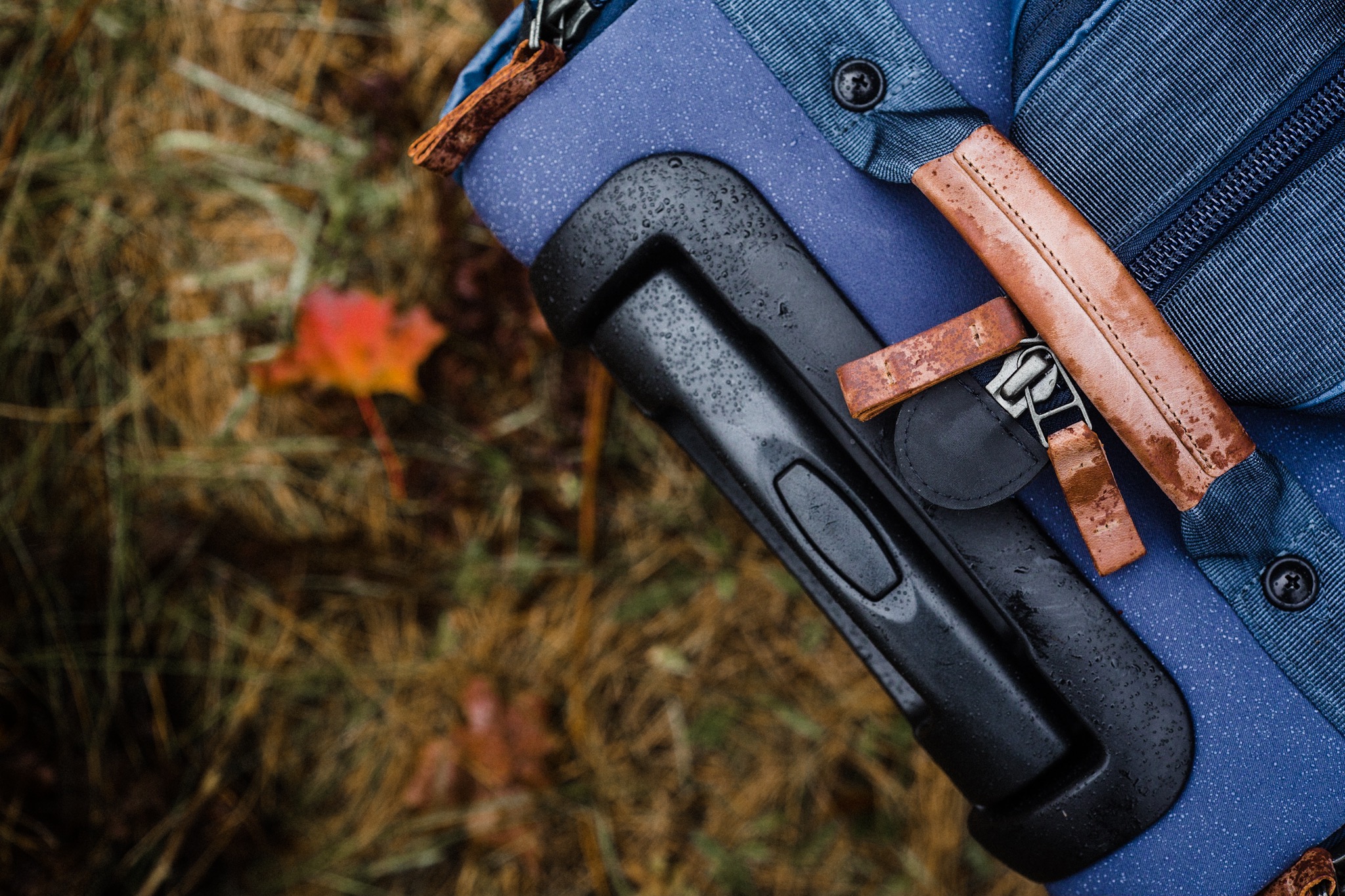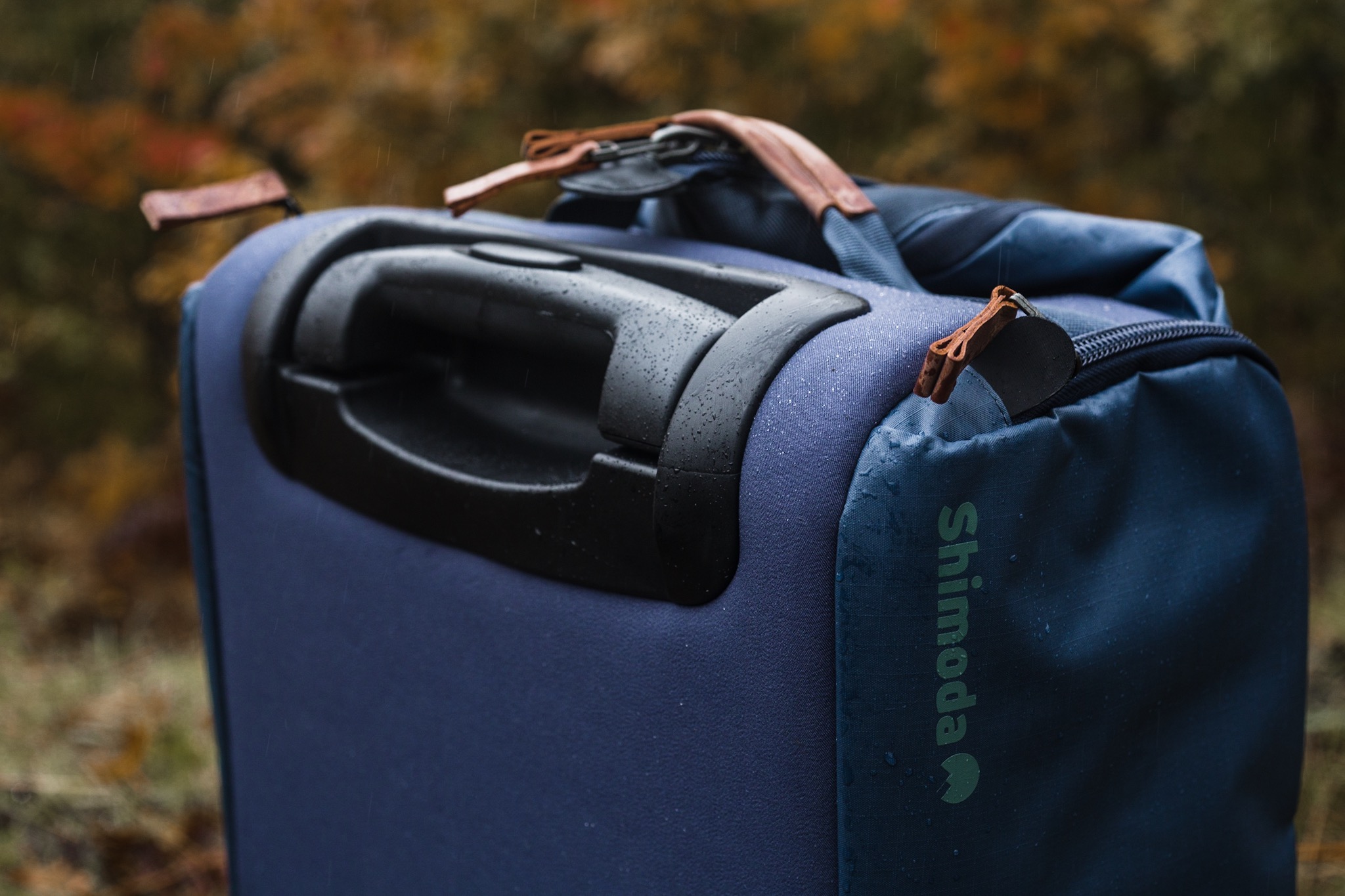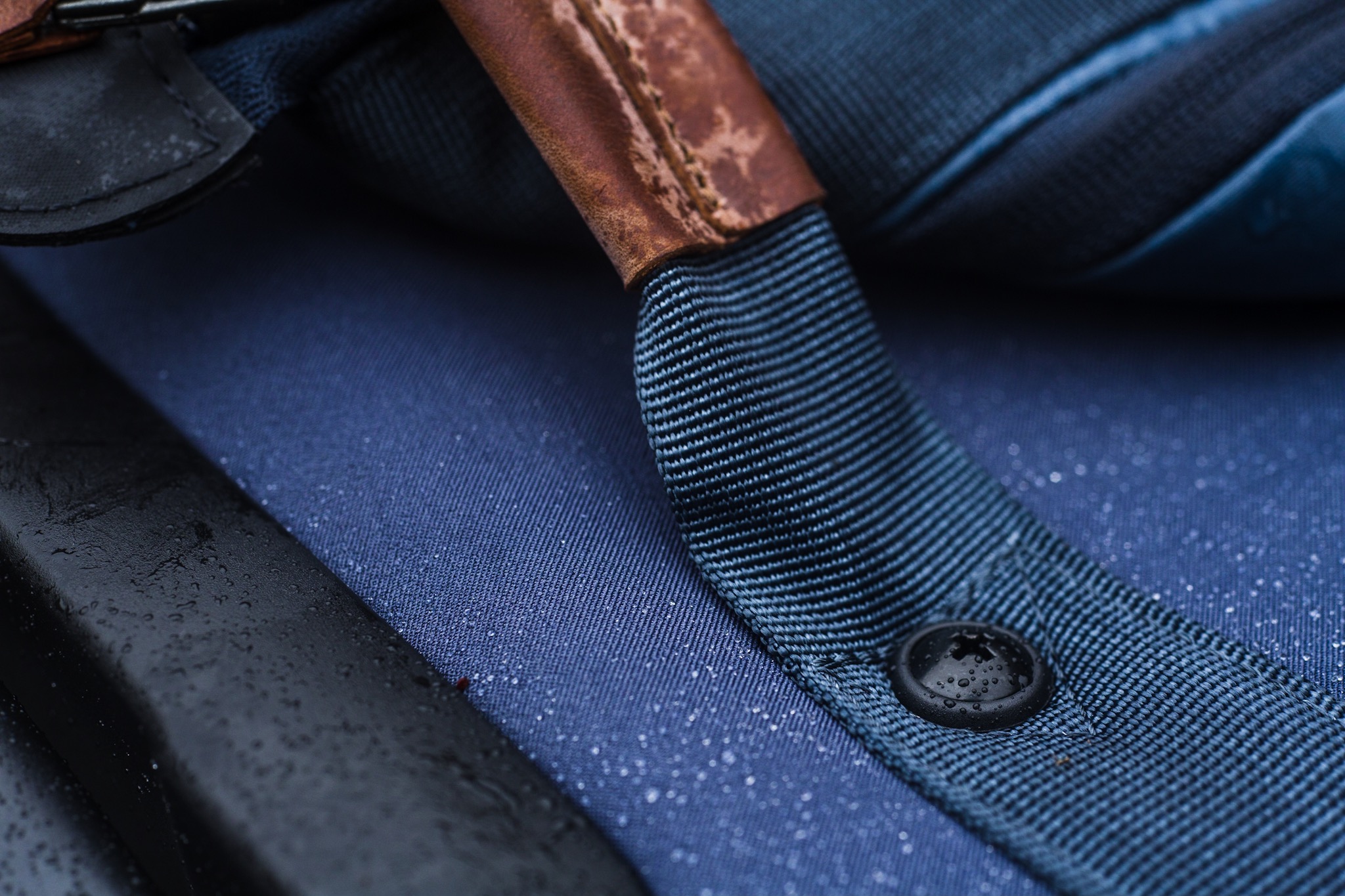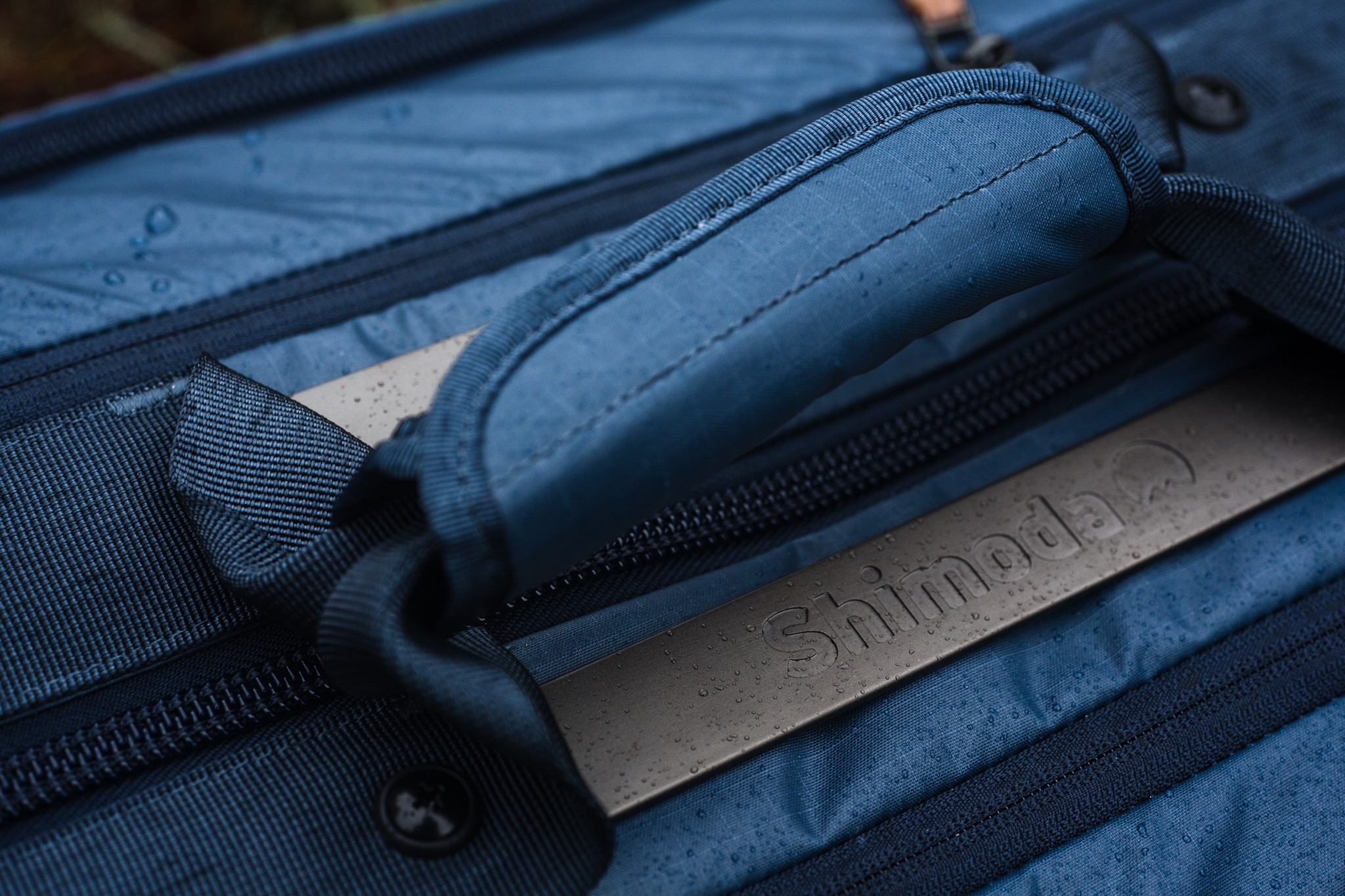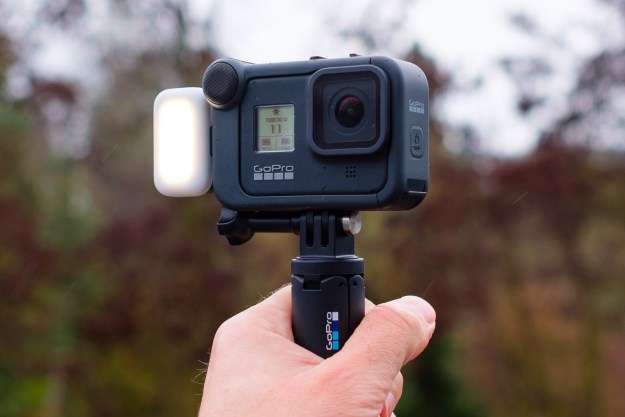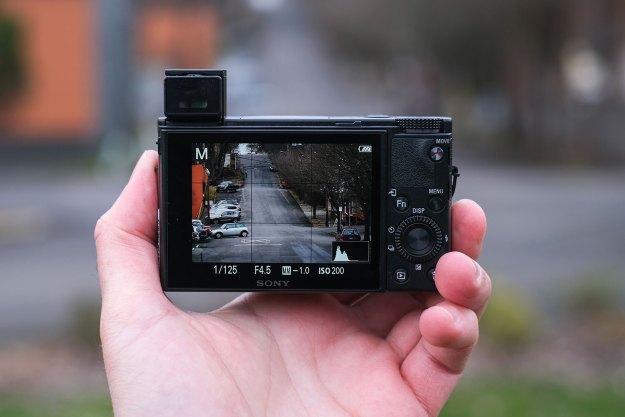“The world doesn’t need another adventure camera bag. What the world needs is a better photography bag.” These are the opening words of the promotional video for a new series of camera bags from Shimoda — a company founded by Ian Miller, an ex-employee of adventure camera bag manufacturer F-Stop Gear. Currently being crowdfunded on Kickstarter, Shimoda is releasing three new bags and a line of accompanying accessories. The bag lineup consists of The Explore 40, Explore 60, and a Carry On Roller.
Shimoda was kind enough to send over review units to take for a spin, so we did just that, putting to the test their claims of creating a better adventure camera bag. Specifically, we received the 60-liter backpack, the Carry On Roller, a set of Core Units, and a slew of accessory bags. Below we dive into the details of each bag we received, as well as the Core Units and Accessory Cases.
Explore 60
The Explore 60, as its name suggests, is a 60-liter adventure camera bag. We’ve seen our fair share of adventure camera bags before and the Explore 60 seems like a strange conglomeration of all of them put together, with even more thoughtful additions that make it a treat to use, even when packed full with gear.
At the core of the Explore 60 (and Explore 40) is its internal aluminum frame. Combined with an interesting shoulder strap design and adjustable harness, the entire system is incredibly versatile. We’ll be the first to admit that the shoulder strap and waist harness design are unusually shaped, but all it took was one trip with the bag to realize why they’re contoured the way they are. When properly adjusted, they hug the natural shape of your body.
Camera gear is stored within the bag inside inserts Shimoda calls Core Units. These modular units come in two sizes — Small and Medium — and include adjustable dividers to compartmentalize gear in almost unlimited ways. In our time with the Core Units, we found the sizing of the dividers proved a bit challenging to get just right with professional DSLR cameras and gear, but after tinkering with it a bit, we finally found a layout that fit our needs.
The best part about the Core Units is that they work hand-in-hand with the design of the backpack to create an extremely customizable workflow. Depending on how the bag and Core Units are configured, gear is accessed from either the top, side, or back of the bag. During small hikes, the side access option was a life-saver, while the back access proved more beneficial for longer hikes and adventures where we wanted a little more protection for our gear. We didn’t use the top access option much, but if we were shooting with a super telephoto, the extra space would certainly be needed.

External mounting points and pockets on the Explore 60 are perfectly placed for storing smartphones, water bottles, snacks, and radios. Two wrap-around straps on the front work with a clever pair of notches on the material of the bag to create a modular mounting location for everything from pickaxes and tripods to skis and snowboards.
The flip-top design of the Explore 60 proved greatly beneficial for times when we needed a little more space. In addition to a double-compartment pocket on the top of the bag, an adjustable cinch-style pocket shrinks and expands to fit as little or as much gear as we needed to bring.
Inside the back compartment of the Explore 40 and 60 is a hidden laptop/tablet pocket as well, which fit our 13″ MacBook Pro with ease.

The outside of both the Explore bags is constructed of a resin-coated nylon material that repels water and snow without any problem. The water-repellent zippers on the bag worked solid as well, letting only the smallest bit of water in, even after opening them multiple times in a downpour.

Although not a stand-out feature for the Explore backpacks, one thing we were really enamored with were the buckles and clips. Rather than standard clips, Shimoda opted for a more interesting design that makes it easy to buckle and unbuckle all of the fasteners with gloves and mittens on.
Overall, the Explore 60 was exactly what it intended to be; the “better” adventure camera bag. It took on the elements without any issues and was one of the most comfortable bags we’ve ever used, which became particularly apparent after longer hikes.
Carry On Roller
As impressive as the Explore 60 backpack was, Shimoda’s Carry On Roller really caught our attention for its interesting design and modular approach to storing gear. It’s a unique approach from the likes of the Tenba rolling bag we recently reviewed.
Like the Explore 60, the Carry On Roller is constructed of a resin-coated material that’s equally water-resistant. Its specifically sized to meet most any international carry-on limitations by airlines and works seamlessly alongside Shimoda’s backpacks when using the Core Units.
Beside two side pockets, which store smaller accessories and even hold a tripod, the bag features a single compartment that unzips from the top of the bag. What’s interesting about the zippered part of the bag is that it’s reinforced with an aluminum bar that opens up perfectly flat to unveil the entire storage area.
A clever little trick is the main compartment unzips using the oversized YKK zipper to make for much more space on top of the Core Units — useful for those times when we needed to back the accessory bags to take with us.

The handle on the top of the Carry On Roller is quite substantial. Even when packed full with lighting gear and heavy lenses, it didn’t seem like the attachment points were being strained.

Although we spent more time carrying it than rolling it, both the extendable handle and hollowed-out wheels did their job. The handle never felt flimsy and the wheels were quiet across most any ground and flooring it came across.
Accessory Cases
Every photographer has a slew of cables, battery chargers, and small gadgets that don’t quite fit inside the normal pockets of a camera bag. That’s where Shimoda’s Accessory Cases come in.

Available in three sizes (Small, Medium, and Large), the cases feature a see-through design that makes it easy to know what’s inside. All of the Accessory Cases fit perfectly inside all of Shimoda bags and worked great to keep external cables and chargers at bay while in the field. The little buckles on top also proved useful for times when we wanted to keep the accessories nearby, such as strapped to the leg of a tripod.

Admittedly, the bright blue color threw us off compared to the more subdued colors of the bags, but we quickly realized a benefit of this vibrant color, whether Shimoda meant to do this or not. During one shoot, we accidentally left an Accessory Case on the ground and almost left without it before the case caught our attention, contrasted against the snow.
Packing up
It shouldn’t come as a surprise considering the amount of experience from the team, but it seems like Shimoda is on track to become the biggest name in adventure camera bags. Its gear lineup is small, but each bag serves its purpose — and serves it well.
The Kickstarter campaign has already passed its $30K goal, so the project is funded. The backpacks, Carry On Roller, Core Units, and Accessory Cases come in a variety of kits, ranging in prices from $270 to $840 for early bird specials. As always, we should note that even successful crowdfunding projects can fail, so keep that risk in mind if you choose to become a backer. Given Shimoda’s history, and the fact that the company has already provided us with sample bags, we feel confident they can deliver, however.
For more information and to secure your kit, head on over to the Kickstarter and back the project.
Editors' Recommendations
- Best camera deals: Save on DSLR, action cameras, point-and-shoot
- The best camera phones in 2023: our top 9 photography picks
- The best camera straps for 2021
- The best iPhone camera accessories for 2022
- The best mirrorless cameras

